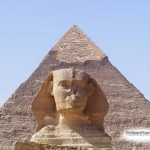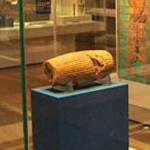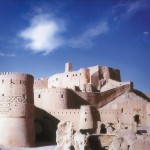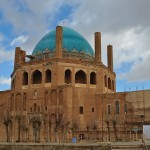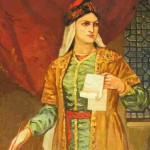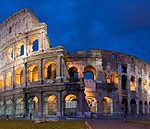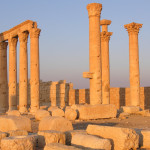By Dr Amir Khalili , historian
Translation by WCHV
The story of the three astrologers (three magi) from the East quoted in Matthew’s Gospel is familiar to most readers, but here is a very brief account:
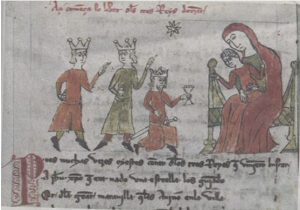 The Gospel of Matthew states that three astronomers (three magi) from the east met King Herod, who had been appointed king of Palestine by the Romans. These three magi inform Herod of the appearance of a star. This star, according to Zoroastrians, symbolized the birth of a king, Christ. After meeting Herod, the Zoroastrians go to the birthplace of Christ with the guidance of the star. After hearing about the birth of a baby who could become the future king, Herod orders the killing of all babies up to the age of two.
The Gospel of Matthew states that three astronomers (three magi) from the east met King Herod, who had been appointed king of Palestine by the Romans. These three magi inform Herod of the appearance of a star. This star, according to Zoroastrians, symbolized the birth of a king, Christ. After meeting Herod, the Zoroastrians go to the birthplace of Christ with the guidance of the star. After hearing about the birth of a baby who could become the future king, Herod orders the killing of all babies up to the age of two.
This story of the Zoroastrian priests in the Gospel of Matthew, like most religious stories, is not completely based on historical facts, but nevertheless there is a historical truth in the Gospel story of the three priests visiting the birthplace of Christ. The fictional story in the Gospel of Matthew of the Three Magi, written between 80 and 100 AD, may be related to the actual journey of Tiridates I, king of Armenia (Tiridates I, son of the Parthian king Blash I, ruler of Armenia) to Rome. Historians have reported that Tiridates I left for Rome with an army of 3,000 men in 66 AD to swear allegiance to Nero, the Roman emperor. In Rome, Tiridates I swears allegiance to Nero: “My God, I came to you to worship you like Mitra.” After hearing this admirable speech, Nero ties a royal ribbon adorned with many jewels to the forehead of the King of Armenia. It is also said that Tiridates I introduced the Roman emperor to Mithraism. After meeting with the Roman emperor Tiridates I, he returns to Armenia not from the route he had already chosen, but from Asia Minor.
The Gospel of Matthew mentions the return of the three Magi. Tiridates I was known as a magician, and Pliny, a Roman writer of the first century AD, also gave the title of magician to this Parthian king. One may deduce from reading the Gospel of Matthew, that the intention of the three Magi to visit Christ, could have also been to show that Mithraism was a serious rival to the new religion of Christianity, and to understand the great influence of Mithraism on the development and shaping Christianity.
This picture depicts three astronomers or priests visiting the birthplace of Christ



